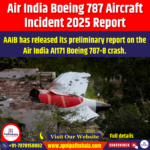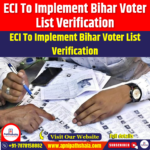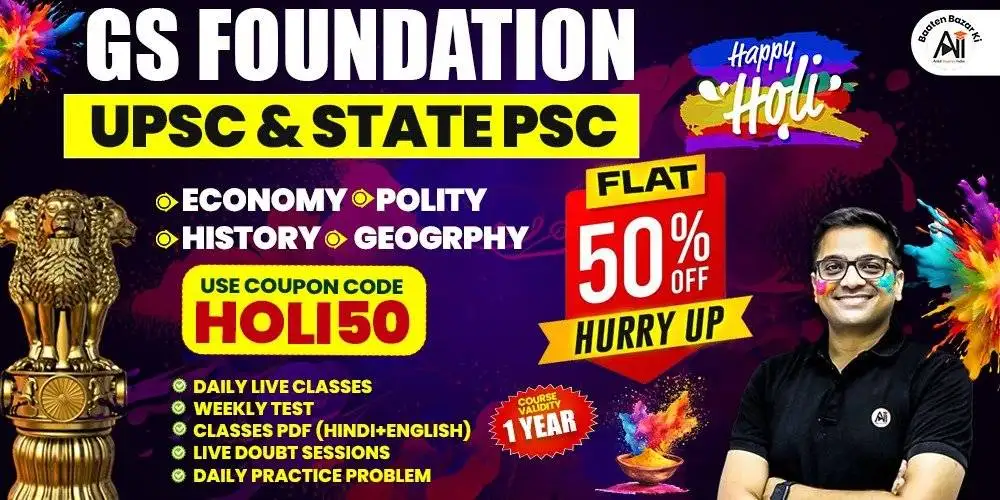America New Student Visa Proposal
General Studies Paper II: Effect of Policies and Politics of Countries on India’s Interests |
Why in News?
Recently, the United States temporarily paused student visa appointments. This decision is part of a preparation for stricter scrutiny of social media profiles. The Trump administration is working on a new policy aimed at analyzing the digital activities of visa applicants.
America New Student Visa Proposal
- The United States has taken a significant administrative step by temporarily suspending student visa interview appointments for foreign students.
- According to the U.S. Department of State, there are plans for thorough scrutiny of all student visa applicants’ social media accounts.
- Any controversial posts or activities on these platforms may affect the visa process.
- This policy will be an extension of the already implemented DS-160 visa form condition, which requires applicants to provide their social media identifiers.
- The proposed review process aims to prevent terrorism and strengthen America’s policies against anti-Semitic ideologies.
- This process could be expanded centrally to include digital activities, political ideologies, and personal opinions on foreign affairs within the scope of investigation.
Student Visas for Foreign Students in America
- For a long time, America has been a popular choice among Indian students for higher education.
- Obtaining a valid student visa is mandatory for studying in the United States.
- The U.S. offers three primary types of student visas, each with distinct features.
- The U.S. Department of State handles visa issuance, while the Department of Homeland Security (DHS) monitors students’ arrival and stay.
- The Student and Exchange Visitor Information System (SEVIS) continuously monitors students’ academic status.
- Types of Student Visas:
- F-1 Visa: Students pursuing full-time degree programs at accredited universities receive this visa. Under the F-1 visa, students receive Form I-20, which certifies their legal academic status.
- J-1 Visa: Designed to promote participation in educational and cultural exchange programs. Institutions must be authorized by the Department of State, and students receive Form DS-2019.
- M-1 Visa: This visa is intended for those enrolled in technical or vocational education programs. The process is similar to the F-1 visa but focuses on vocational skills and practical training.
- Application Process:
- Admission to a SEVP-approved institution.
- Registration and payment of fees in SEVIS.
- Filling out the Form DS-160 online application.
- Uploading a recent passport-sized photograph.
- Scheduling a visa interview appointment.
- Attending the interview.
- Validity:
- Visas for new applicants can be granted up to one year before their program starts, but may enter the U.S. only 30 days before classes begin.
- Already enrolled students can enter the U.S. anytime if they are active in SEVIS.
- Entry on a tourist visa (B visa) for academic purposes is illegal, except for non-degree recreational courses.
Interest of Indian Students in Higher Education in the U.S.
- According to the U.S., more student visas have been issued to Indian students in the last five years than ever before.
- The number of student visas issued in 2022 and 2023 exceeded the combined totals of 2018, 2019, and 2020.
- In 2022, 115,115 Indian students obtained visas, increasing to 130,730 in 2023, showing rising trust in overseas education.
- In 2024, the visa count dropped to 86,110, but India remained the country receiving the highest number of student visas from the U.S.
- China stands second with approximately 82,000 visas.
- In 2024, the Foreign Minister reported that 13,35,878 Indian students were studying abroad, with nearly 4,27,000 in Canada and 3,37,630 in the U.S.
- The educational cooperation between India and the U.S. is strengthening.
- Its quality education, global networks, and employment opportunities attract Indian students.
- Among the 3,31,602 Indian students in the U.S. in 2023-24, 42.9% chose Mathematics and Computer Science.
- 1,96,567 students enrolled at the graduate level.
- 36,053 students entered undergraduate programs.
Why America Became a Top Educational Destination for Indian Students
- Institutional diversity: The U.S. has over 4,000 academic institutions, most offering four-year degree programs. The wide range of institutions in the U.S. offers Indian students ample choices to match their interests and abilities.
- The U.S. offers world-class education in technical, business, medical, and arts fields, making it an attractive option.
- Language proficiency: Many U.S. institutions do not mandate IELTS scores but require proof of English language proficiency, easing the path for talented students who could not previously afford expensive tests.
- Active promotion by U.S. universities: American authorities have organized numerous educational fairs and awareness campaigns in India to inform students about the U.S. education system, visa processes, and career options, successfully building trust and interest.
- Strict policies in other countries: Countries like Canada, Australia, and the U.K. have tightened their student visa rules in recent years, causing many students to shift their focus to the U.S.
- In 2024, Canada capped the number of international students, making the admission process more difficult.
Payment flexibility: Affordable housing, relatively favorable weather compared to Canada, and flexible fee payment options, such as paying tuition upon joining, make the U.S. even more appealing. This makes studying abroad a realistic opportunity for middle-class Indian families.









